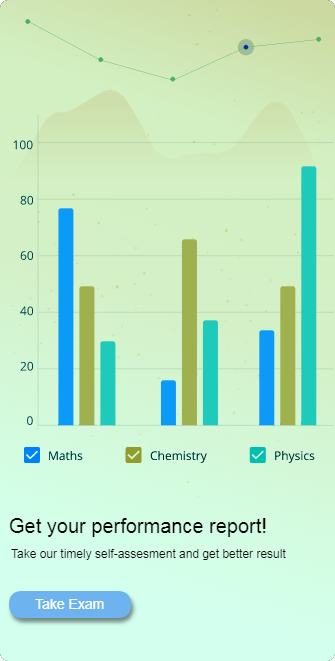| Asteroid | Comet |
| Asteroids have an elliptical orbit | Comets have an eccentric orbit. |
| It is made of metals and rocks | Made of rocks, hydrocarbons, and ice |
| Do not produce a coma or tail atmosphere | Thin, temporary atmospheric tail when close to the Sun. |
| The orbital period is 1 to 100 years | The orbital periods are 75 to more than 100,000 years. |
| 1 to larger than 100 kilometers in size | 1 to 10 kilometer in size (nucleus only) |
Toolbox
-

Dictionary -

Calculator
Grade -10 (SEE) Astronomy
Difference between Comets and Asteroids
What is the difference between comet and asteroid?
1 Answer
Tribhuvan University > Institute of Science and Technology > B.Sc. (CSIT)
Popular Tags: 7 Days
Upcoming MCQs

Computer Fundamental Multiple Choice Questions Exam Free
- 2022-03-20 12:45
- 60 Mins
- 12 Enrolled
- 25 Full Marks
- 10 Pass Makrs
- 25 Questions




